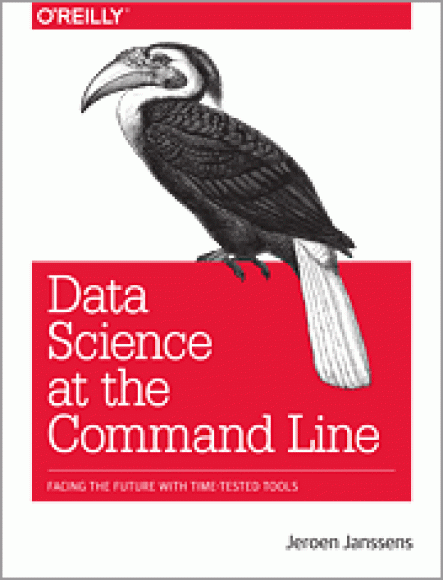A The Shell
A.1 Why do you need to know shell commands?
The command line has many great advantages that can make you a more efficient and productive data scientist. Janssens (2014) has nicely summarized the strengths of command lines in five points:
- The command line is agile
- The command line is augmenting
- The command line is scalable
- The command line is extensible
- The command line is ubiquitouos
A.2 Shebang Line
Like in R console, you can interact with the R console line by line or you can package all your R scripts in a file. For command line, you can also combine several shell commands into a script file.
For a shell script file, you need a shebang line, which is the character sequence consisting of the characters number sign and exclamation mark (#!) at the beginning of a script. This line would indicate to the shell engine which interpreter (language environment) is needed to parse the script file. A shell script often takes a shebang line as below.
#!/bin/sh
#!/bin/bashA.3 Basic Shell Commands
The most basic commands are listed below:
pwd(print working directory). Shows directory or “folder” you are currently operating in. This is not necessarily the same as theRworking directory you get fromgetwd().ls(list files). Shows the files in the current working directory. This is equivalent to looking at the files in your Finder/Explorer/File Manager. Usels -ato also list hidden files, such as.Rhistoryand.git.cd(change directory). Allows you to navigate through your directories by changing the shell’s working directory. You can navigate like so:- go to subdirectory
fooof current working directory:cd foo - go to parent of current working directory:
cd .. - go to your “home” directory:
cd ~or simplycd - go to directory using absolute path, works regardless of your current working directory:
cd /home/my_username/Desktop. Windows uses a slightly different syntax with the slashes between the folder names reversed,\, e.g.cd C:\Users\MY_USERNAME\Desktop.- Pro tip 1: Dragging and dropping a file or folder into the terminal window will paste the absolute path into the window.
- Pro tip 2: Use the
tabkey to autocomplete unambiguous directory and file names. Hittabtwice to see all ambiguous options.
- go to subdirectory
- Use arrow-up and arrow-down to repeat previous commands. Or search for previous commands with
CTRL+r. whichShow the full path of a shell commandswhich python: Check which version of python your system useswhich r: Check which version of R your system uses
cpCopy files and directoriesrmRemove files and directoriesmvMove files and directoriesmkdirMake directories
A.5 References
If you are interested in more functions and potentials of shell commands, I would highly recommend the book Data Science at the Command Line.
